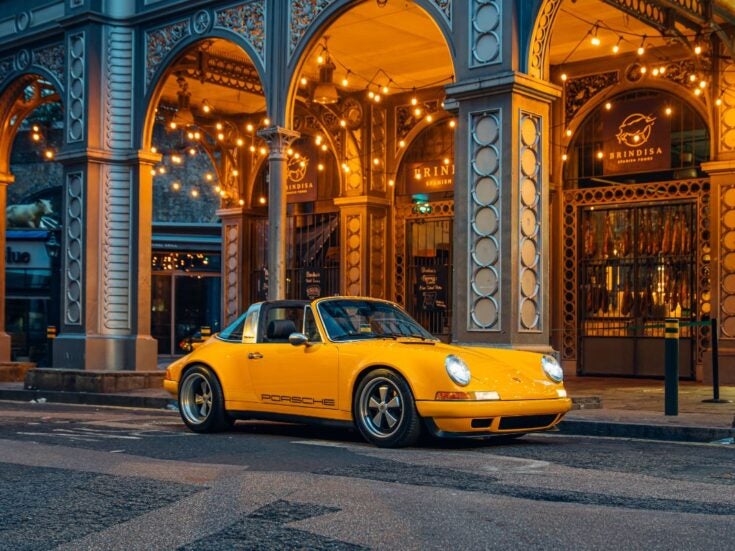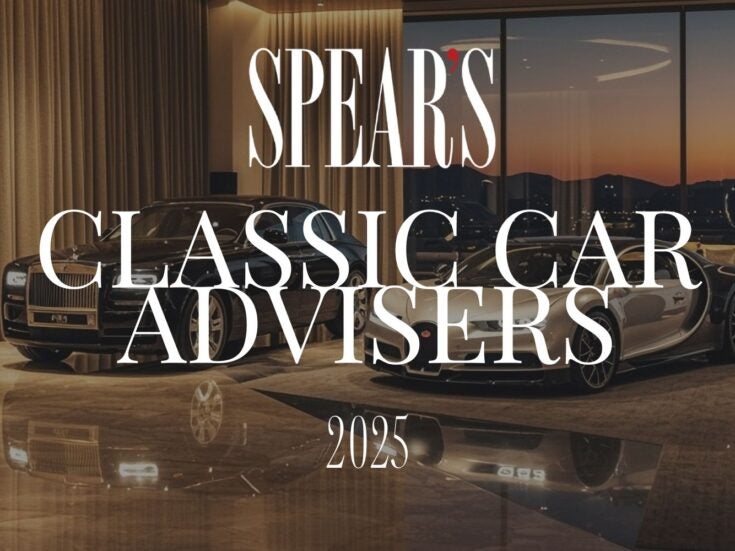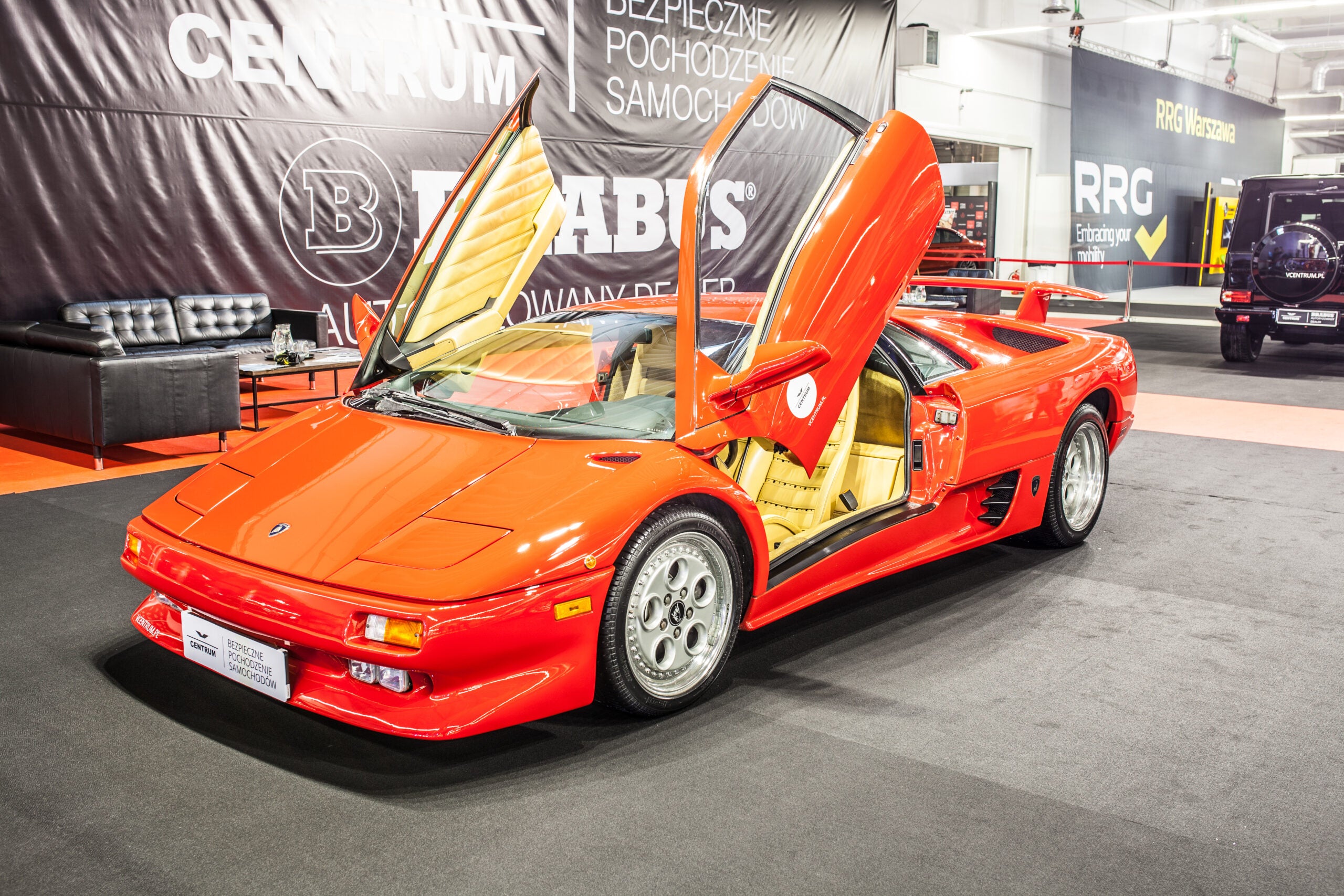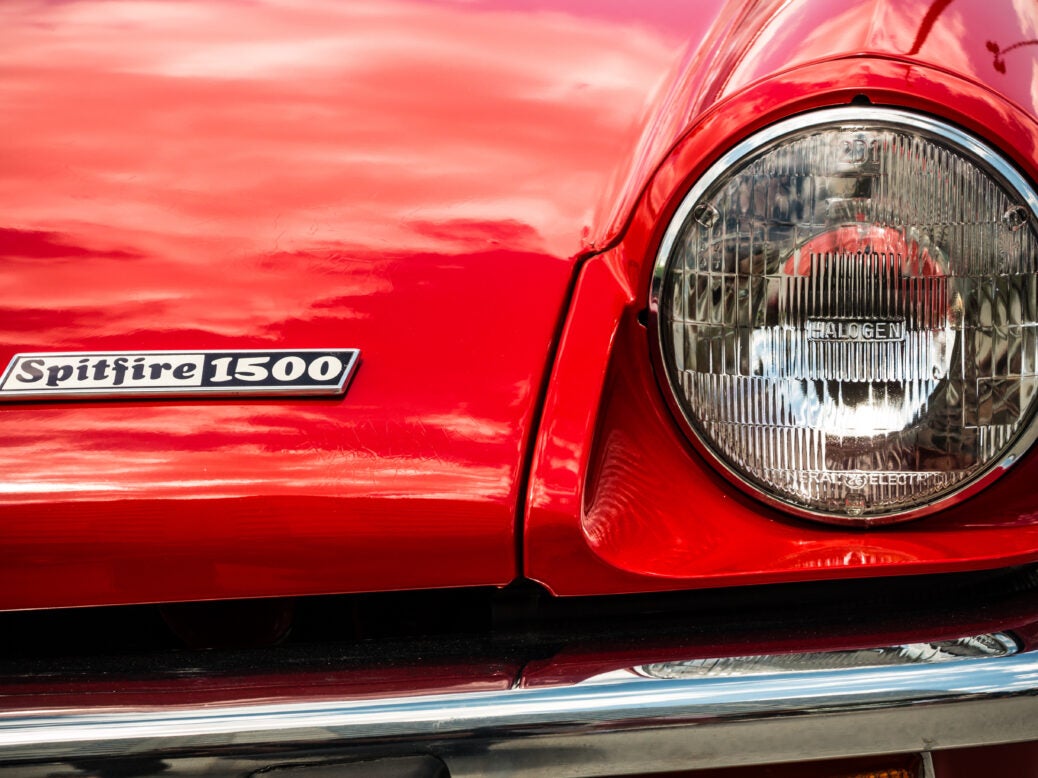
Classic and collectable cars can be a profitable investment, or a huge sink. New data shows which cars are most likely to appreciate in value in 2023
While family cars drop in value the moment they’re driven out of the dealership, classics continue to fetch more at auction each year. Just last month, a 1971 Lamborghini Miura SV fetched over £2 million at RM Sotheby’s London 2022 classic car auction.
Like so much of the luxury auction market, classic cars saw huge growth through the pandemic, driven by rising global wealth, supply chain delays, and the accessibility of online auctions.
Merlin McCormack, founder of Duke of London, says demand for classic cars during the pandemic was ‘unprecedented’ and 2022 saw that demand settle.
‘Of course the market will have a knock on effect from everything going on in the economy, so I can’t expect the same level of optimism for the next two years,’ McCormack told Spear’s. ‘But I’m not dreading it.’
‘Based on the experience during other recessions, I think we are a safe market.’
Hagerty, a company that specialises in collector car analytics, has revealed the 10 cars it predicts will increase in value in the UK in 2023, based on data from auctions and global insurance quotes.
The Austin Seven: Revolutionary vintage runaround
Some of the motors to watch haven't necessarily seen strong growth in the past year, but Hagerty feels confident it will begin to rise again
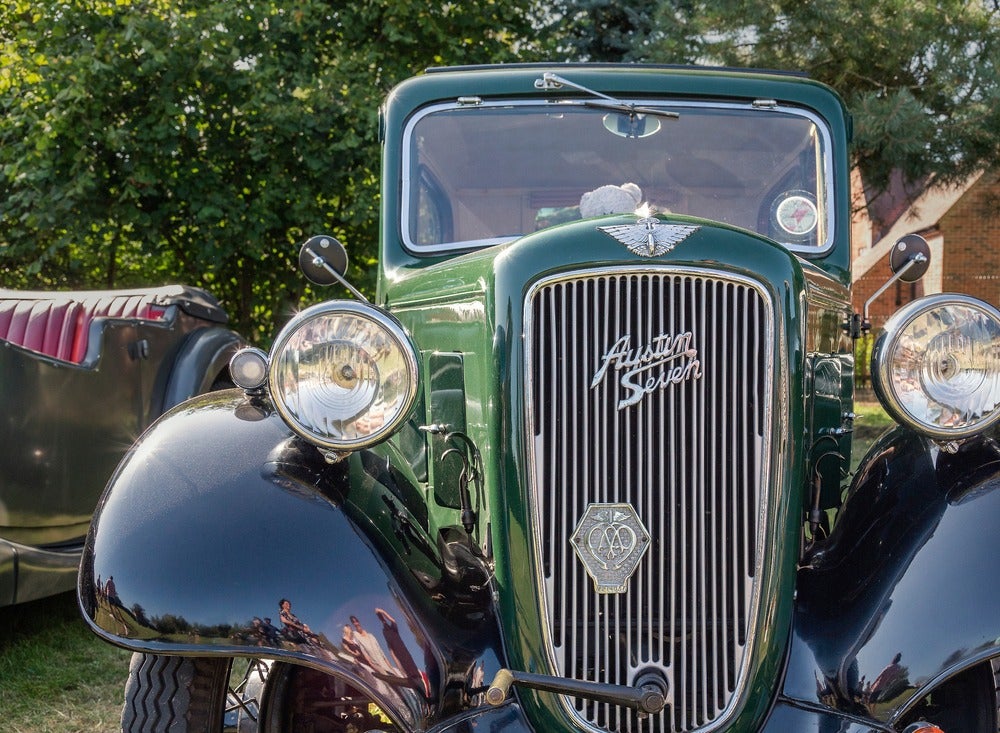
The car that revolutionised Britain’s car market in the 1920s and 30s is remarkably affordable, with prices ranging from £6,000 to £16,000 across different condition levels.
And a number of high-profile events this year to mark the Austin Seven's centenary means its back on the radar of many collectors.
Solid investment: Audi TT Quattro Sport (Mk1), 2005–2006
Meanwhile, for those focusing on modern collectibles, the Audi TT Quattro Sport (Mk1), 2005–2006 has all the signs of a future classic.
Prices range from £5,000 to £15,000 depending on condition, with the average 'excellent' model currently valued at £11,600.
The Quattro Sport is rare, with only 800 ever set aside for the UK market, and although it rose by only around 1 per cent this past year, there were twice as many auctions as in 2021, which suggests strong demand.
Although experts don’t anticipate massive price rises for the Quattro Sport, they think its low production and prestige manufacturing will make it a solid investment.
High drama: 90s Lamborghini Diablo
The most expensive car on the 2023 list is the 90s Lamborghini Diablo. Hagerty calls this high drama vehicle 'criminally overlooked' in the 90s supercar space.
At an average price of £154,000, it’s still just a fraction of the cost of some of its contemporaries - such as the Ferrari F40 and Porsche 959.
In May, an ultra-rare Diablo GT sold for €612,500 at Sotheby’s Monaco, and significant growth for the Diablo is expected across the board in 2023.
“The Diablo is part of a huge trend we’re seeing of growth in demand for supercars from the 1990s up to 2010, which has been amazing to see.” says Max Girardo of Girardo & Co.
Of course, a huge defining factor of what a car will fetch at auction is its condition: a 'Concourse' condition Diablo is worth double a 'fair' condition model.
The Triumph Spitfire of the 60s and 70s has seen quoted values up 27 per cent in the past two years, but that’s in part due to demand for the top condition models, while the cheaper ones may not be cost-effective to restore.
Hagerty also has its eye on the 1980s Citroen BX due to some recent high-profile sales, like a rare model which sold at Artcurial for €77,480 in July. Sales like these could boost the Bx’ publicity, particularly in Europe, to a noteworthy growth in prices.
The Citroen BX, one of the cheapest on the list with prices ranging from £1,100 to £4,700, is a car that may not be overly challenging to restore for the confident collector, with parts fairly easy to come buy. But committing to restoration is not for the faint-hearted.
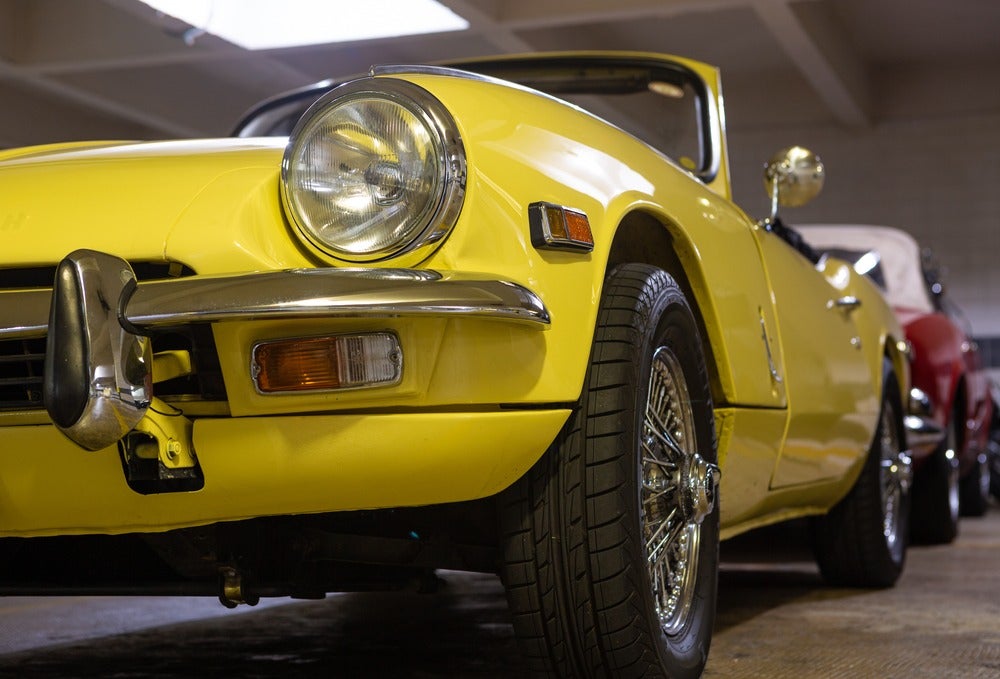
'Particularly with someone new to the market, I would always advise they get the best they can afford,' Girardo says. 'Restoration can add a huge amount to a car’s value, but it’s often very expensive and time-consuming, so can be a big risk.'
One of the best ways to track a good investment is to follow the youth. High demand among Millennial buyers can often point to strong growth over time, as that generation expands its collective wealth. For example, 40 per cent of buyers of the 2009 Lotus Elise are millennials, compared to 21 per cent across all sales.
The growth in demand of 90s supercars, like the Lamborghini Diablo, McCormack says is a prize example of the growing buyer share of the younger generation.
'They’re all after the cars they had on their bedroom walls growing up, in the 80s and 90s,' he says.
Looking ahead to 2023, Girado says he is prepared for a slowing in demand, but feels confident the classic car market will stay stable.
'At the end of the day, it’s not just an investment, it is a collectible,' he says. 'There is so much passion in the market, so we aren’t as affected by instability in the markets.'
'That’s why I always tell clients, if you are going to buy a classic car, buy it for the experience and the pleasure. The more you love it, the longer you’ll keep it, and the more likely you are to make a profit off it.'
More from Spear’s
Test driving the Bacalar, Bentley’s most expensive, exclusive car ever
The Ferrari Roma proves that the brand is still firing on all cylinders
The Rolls-Royce Black Badge Ghost is the luxury brand’s latest triumph

